Hand Pruning
The Pruning Guru only uses proper hand pruning techniques, making individual cuts using hand pruners.
A plant may need pruning for any of the following reasons:
Shaping
Pruning plants in the landscape for aesthetics and uniformity.
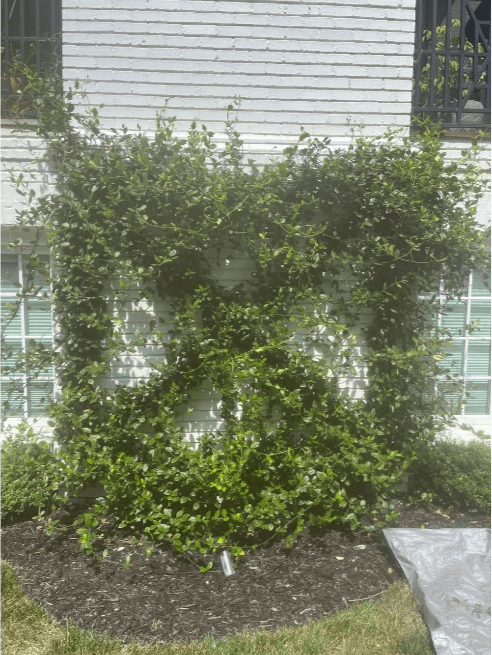
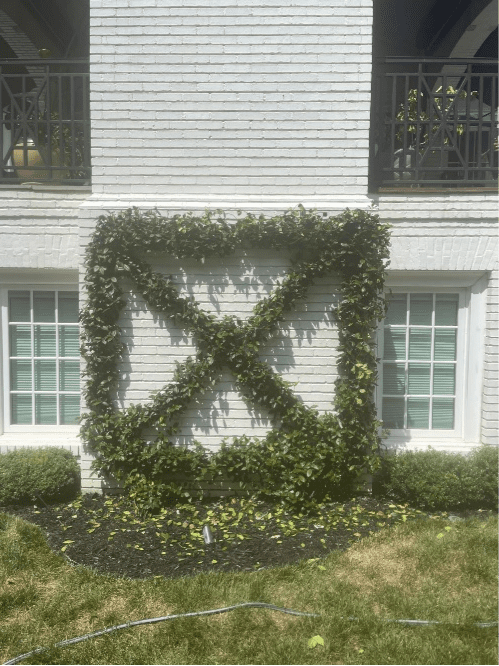
Before and after the shaping of a Confederate Jasmine growing along a wire trellis, using only hand pruning techniques.
Thinning
Opening a plant to allow air and light into the center and promote interior growth.
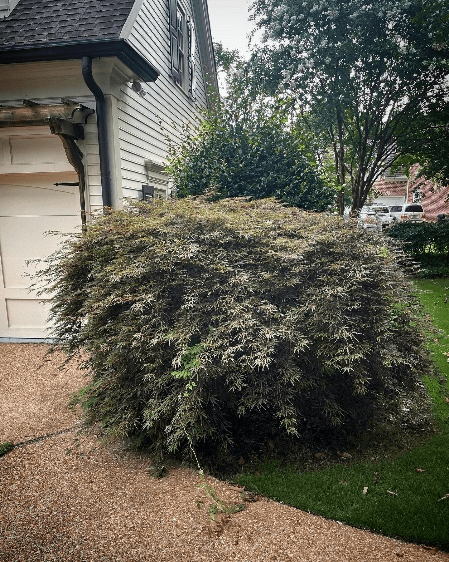

Pictured is before and after the thinning and shaping of a Weeping Dissectum Japanese Maple. When properly pruned, the interior structure of the tree should be visible.
Correction
Making corrective cuts to remove breakage or damage within the plant to inhibit rot, infestation, or disease


The picture above is a before and after of a Nellie R. Stevens that had previously been sheared.
Rejuvenation
Reducing the size of a plant by 25% or more to re-size and/or regenerate a plant. Plants must receive enough sunlight in order to be successful in this pruning technique, and only specific plants can be rejuvenated. This pruning method must be completed during a particular time of the year depending on the weather conditions.
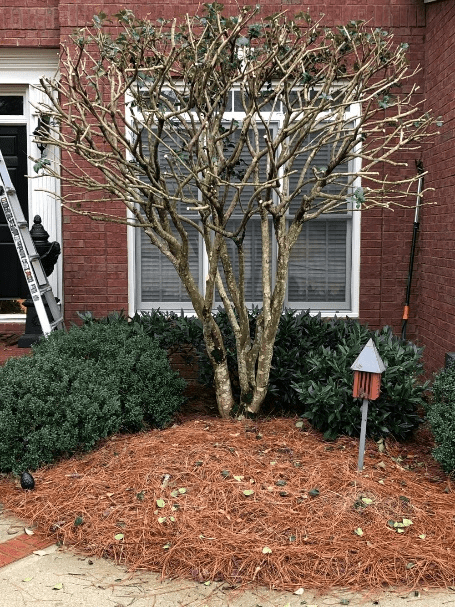
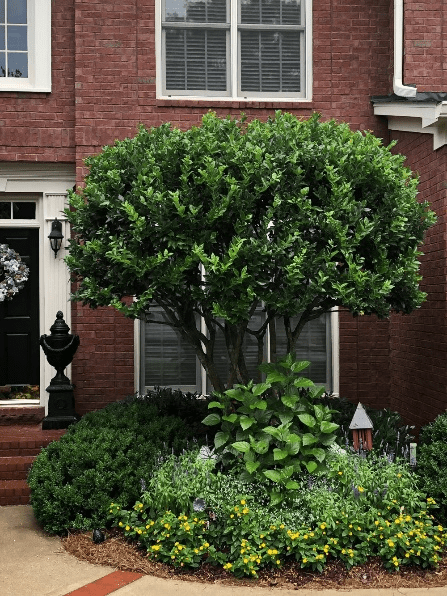
Pictured is a tree form Ligustrum, first after being rejuvenated, and then after regrowth. It had overgrown it’s space and needed to be drastically reduced in size.
Seasonal Maintenance
Our Seasonal Maintenance program is the perfect solution to keep your plants flourishing year-round. Big or small, we understand the investment involved in your property’s landscape. A Pruning Guru estimator will craft a unique plan for ongoing pruning maintenance that caters to each individual property.
How often does my property need pruning?
Each property is different, comprised of different plants with specific growth patterns and needs. Another factor is the weather, which can create faster or slower growth. Some may need one to two visits per year, while others may need pruning once a month. All of these factors are taken into account by our estimators when creating a plan for your seasonal maintenance.
What is the cost of the Seasonal Maintenance program?
Once we have created a schedule for how often your property needs pruning, an estimator will come by for a walk-through about a month in advance. This allows us to develop a new, timely work order for your trees and shrubs for each visit. The cost will be determined at that estimate, which allows us to adapt our work to each stage of your plant material’s growth.
Planting
If pruning is no longer an option, it may be time for a new beginning.
The Pruning Guru is not only well-versed in proper pruning, but also in planting trees and shrubs. When creating a planting plan, our estimators take into consideration the appearance of each new plant within the landscape and the proper placement. The proper selection and placement of a plant based on its needs and the environment ensures your new landscape enhancement will flourish over time.
